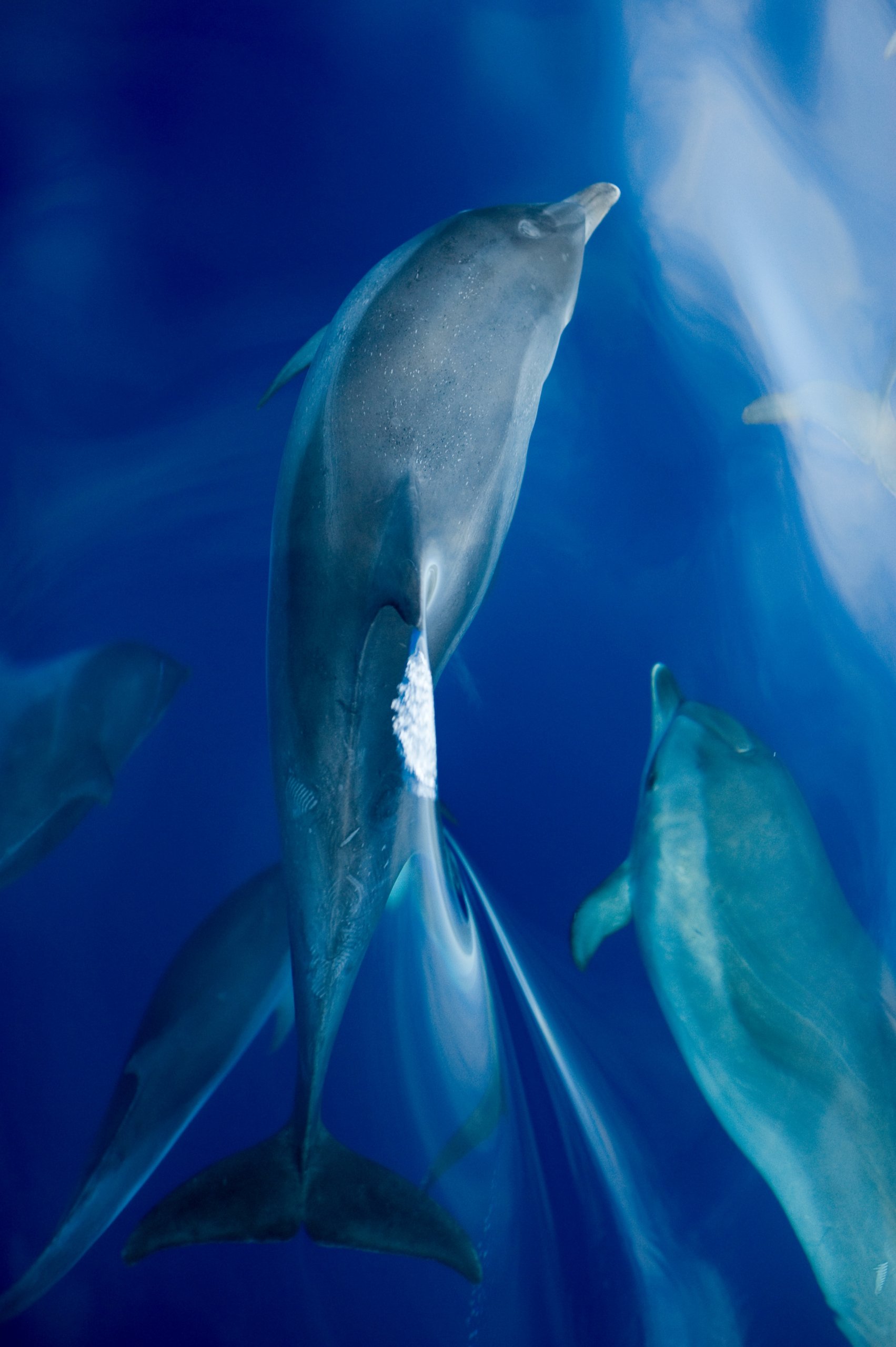Fisheries can have a significant impact on the health of marine ecosystems through wildlife bycatch. As such, identifying the risk of bycatch in different areas and across different species, and taking measures to address this, are key to protecting marine environments and supporting the effective implementation of Ecosystem Based Fisheries Management (EBFM).
As part of our Ecological Effects of Fisheries theme, this report identifies current areas of highest bycatch risk across SEAwise’s Case Study regions, and provides an assessment of the sustainability of bycatch levels on Protected, Endangered and Threatened (PET) wildlife populations. Doing so will help to lay a foundation for supporting approaches to fisheries management that have the potential to reduce bycatch incidents in future.

Research for this report was carried out in two phases. In the first, a Productivity-Susceptibility Analysis (PSA) was applied to a wide range of sensitive species across European waters, including cetaceans, bony and cartilaginous fishes, and one species of seabird. A PSA is used when data from a stock or population assessment are unavailable. It involves gathering knowledge from stakeholders to inform a set of scores, to give an overall picture of how quickly a population can recover from fishing mortality, and how vulnerable it is to fishing (its “susceptibility”) – and thus the level of risk that bycatch poses to the species. From this, we produced a risk profile across the SEAwise Case Study regions for a range of species specific to gear types used.
In the second phase, where sufficient numerical data for wildlife populations did exist, the impact of bycatch on a species was calculated by estimating reference points (benchmarks for a “healthy” population status) and comparing these to total bycatch mortality in the species. For each species, bycatch rates were estimated to be either “sustainable” (the population in question should be able to breed quickly enough to replace those lost to bycatch) or “unsustainable” (the population cannot breed quickly enough to replace those lost to bycatch, and bycatch therefore poses an extinction risk).
In a snapshot of the results, bycatch rates are thought to be sustainable for:
Whereas for these populations, bycatch rates are thought to be unsustainable:
The researchers found that for many of the species examined in the PSA phase, data needed for more rigorous assessments of their bycatch risk are currently lacking – a gap affecting species such as blue shark in the Southern Adriatic Sea and blonde ray in the North Sea. Addressing this will be vital to provide greater certainty about the risks facing vulnerable marine wildlife, and to put in place measures via EBFM which will be effective in protecting them.
Read the full report here.
Stay up to date with SEAwise news and research, hear about upcoming events, and receive updates on fisheries news from across the European seascape.